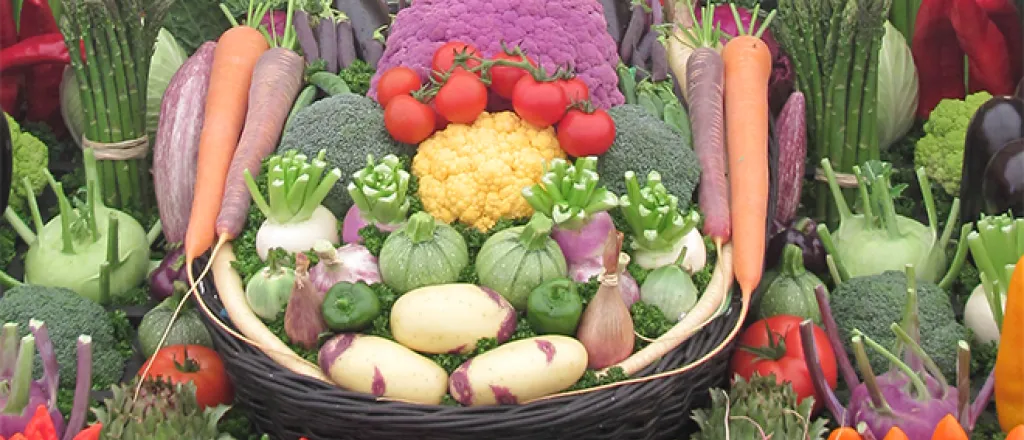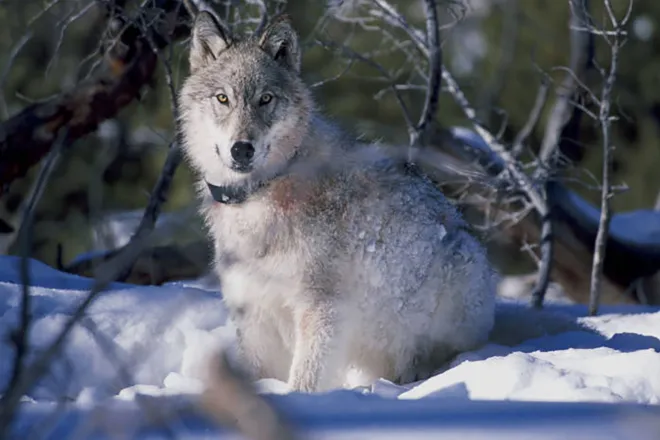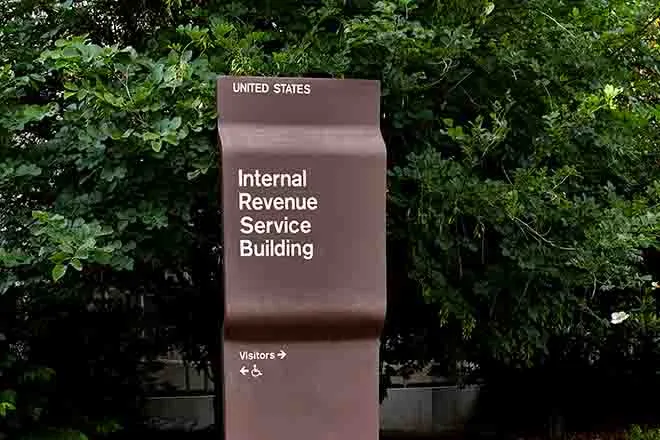
The first so-called "climate smart" food product is hitting grocery shelves. Gary Crawford has the story.
PARTICIPANTS: Gary Crawford. Agriculture Secretary Tom Vilsack. Arkansas farmer, Jim Whitaker.
Transcript
As a consumer, would you be willing to pay a little bit more for a food product proven and certified to have been produced in a way that helps the environment, that helps fight climate change, a so-called climate smart product?
Well, up to now, there's been no way to answer that question because there haven't been any climate smart products on grocery shelves, until now.
It is an extraordinarily important day for American agriculture and for our country.
Agriculture Secretary Tom Vilsack at a rice packaging facility the other day in Milton, Wisconsin, at a celebration for a milestone in the USDA's Partnerships for Climate Smart Commodities Program.
That's a USDA program that provides incentives for farmers to adopt climate smart production techniques and practices.
It develops ways to accurately measure the results of those practices and develops markets for climate smart products.
The projects have been operating for about a year now, and Tom Vilsack held up a plastic bag above his head there.
This is the first commercially produced climate smart product.
This is long grain rice.
It's a two pound bag of rice.
It's the first of what I suspect will be hundreds of products that are produced in the country to respond to consumer demand for sustainably produced food, but also provide an opportunity for farmers to get a better shake in the marketplace.
Now in the case of rice, it's usually grown in fields that remain flooded during the growing season.
Because of that, the crop emits large amounts of methane gas into the air instead of the soil.
But under the USDA's Partnerships for Climate Smart Commodities Program, farmers were paid to change how they grow rice, only doing very limited flooding of fields.
When the soil dries, the microbial community goes dormant and the field stops emitting methane.
Arkansas rice grower Jim Whittaker.
What we have found is we're able to cut our methane reduction by 50 percent.
We've cut our water use by about 50 percent.
We're now using less water than cotton, corn, or soybeans, and we're able to lower our fertilizer and maintain or increase yields.
The very essence of the term climate smart.
Right now there are about 140 climate smart projects going on all across the nation.
What that is doing is delivering money back to small communities like mine and keep us economically viable.
I'm fifth generation, so I believe the Climate Smart Commodity Program is going to move agriculture faster than anything we've ever seen.
I think we're going to move into another era of U.S. ag.
Producing not only climate smart commodities, but also, according to the Ag Secretary, Secretary Vilsack, new opportunities for family farmers.
There's an opportunity here for us to be entrepreneurial.
There's an opportunity for us to expand our income.
There's an opportunity for us to be sustainable.
There's an opportunity for us to provide leadership.
There's an opportunity for us to rebuild our rural communities.
And that is something certainly to be proud about.
[Applause] This is Gary Crawford reporting for the U.S. Department of Agriculture.
[Applause]







